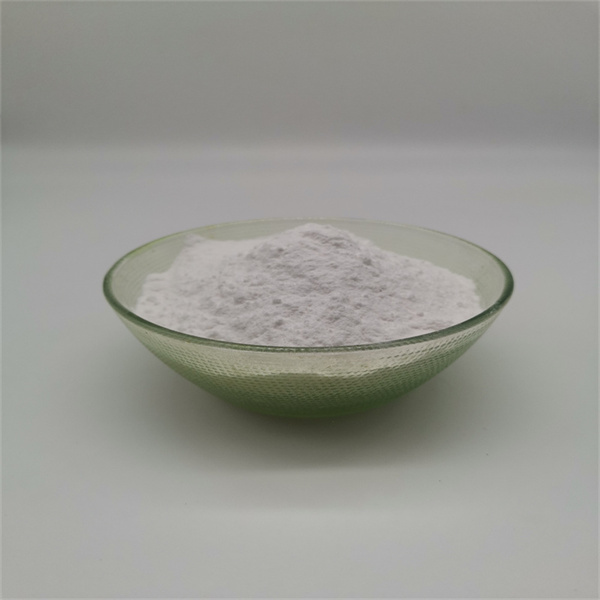Cocaine is a stimulant drug. They speed up messages travelling between the brain and body.
Cocaine comes from the leaves of the coca bush (Erythroxylum coca), native to South America.1 The leaf extract is processed to produce three different forms of cocaine: Procaine Base

C, coke, crack, nose candy, snow, white lady, toot, Charlie, blow, white dust or stardust.
Cocaine hydrochloride is most commonly snorted.4 It can also be injected and rubbed into the gums.2 If cocaine is snorted, the effects can be felt in approximately 1-10 minutes and last for around 90 minutes.
Freebase and crack cocaine are usually smoked.2,3
Indigenous people of South America have traditionally chewed the leaves of the coca bush for their stimulant and appetite suppressant effects.1,2
There is no safe level of drug use. Use of any drug always carries some risk. It’s important to be careful when taking any type of drug.
Cocaine affects everyone differently, based on:
If you take a large amount or have a strong batch, you could overdose. Call an ambulance straight away by dialling triple zero (000) if you or someone else has any of these symptoms (ambulance officers don’t need to involve the police):
High doses and frequent heavy use can also cause ‘cocaine psychosis’, characterised by paranoia, hallucinations, unusual thoughts and out of character/behaviour.4 These symptoms usually disappear a few days or weeks after the person stops using cocaine.4
Injecting cocaine can increase the risk of:
Sharing needles increases the risk of:
In the days after cocaine use, you may feel:
Regular use of cocaine may eventually cause:
Snorting cocaine regularly can also cause:
Giving up cocaine after a long time is challenging because the body has to get used to functioning without it. Please seek advice from a health professional.
Withdrawal symptoms usually start around 6-12 hours after the last use.
Withdrawal usually happens in three phases:
Mixing cocaine with other drugs can have unpredictable effects and increase the risk of harm.
‘Polydrug use’ is a term for the use of more than one drug or type of drug at the same time or one after another.6 Polydrug use can involve both illicit drugs and legal substances, such as alcohol and medications.
There are ways in which you can reduce the risks associated with using cocaine:
If your use of cocaine is affecting your health, family, relationships, work, school, financial or other life situations, or you’re concerned about a loved one, you can find help and support.
Not sure what you are looking for? Try our intuitive Path2Help tool and be matched with support information and services tailored to you.
Federal and state laws provide penalties for possessing, using, making or selling cocaine, or driving under their influence.
See also, drugs and the law.
aggressive behaviour, confidence, dilated pupils, dry mouth, fast breathing, fast heart rate, feeling alert, feeling energetic, happiness, high blood pressure, increased body temperature, increased sex drive, indifference to pain, reduced appetite, talking more, unpredictable behaviour, violent behaviour
blow, c, charlie, coke, nose candy, snow, stardust, toot, white dust, white lady
Subscribe to receive ADF News updates:
The ADF acknowledges the Traditional Custodians of the lands across Australia upon which we work. We recognise the continued connection of First Nations people to the land, the waterways and to community and kin, and pay respects to Elders past and present.
Alcohol and Drug Foundation’s services are here to support communities across all states and territories. We welcome everyone to our service.

Paracetamol Bulk Alcohol and Drug Foundation Innovation: Path2Help